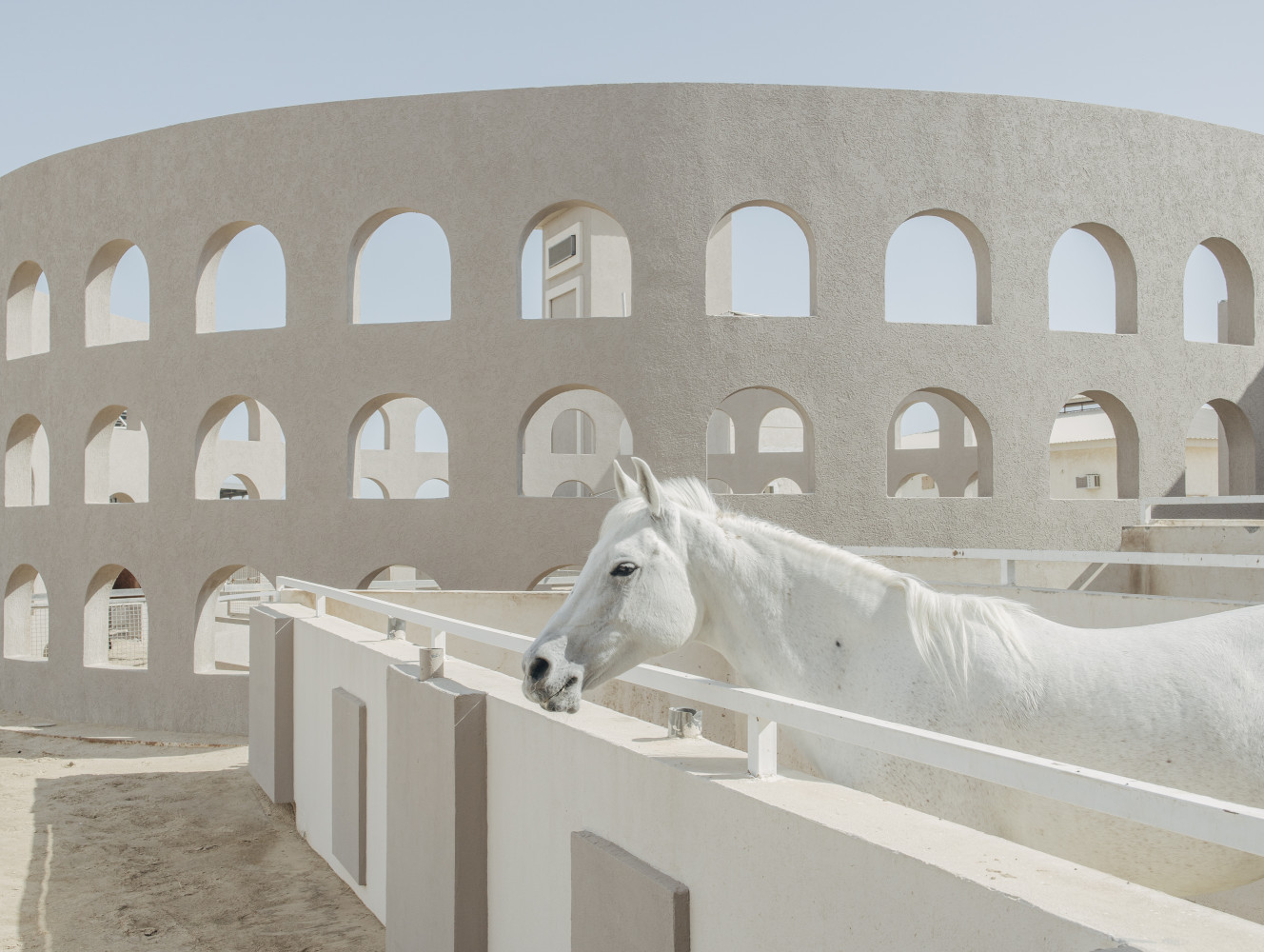

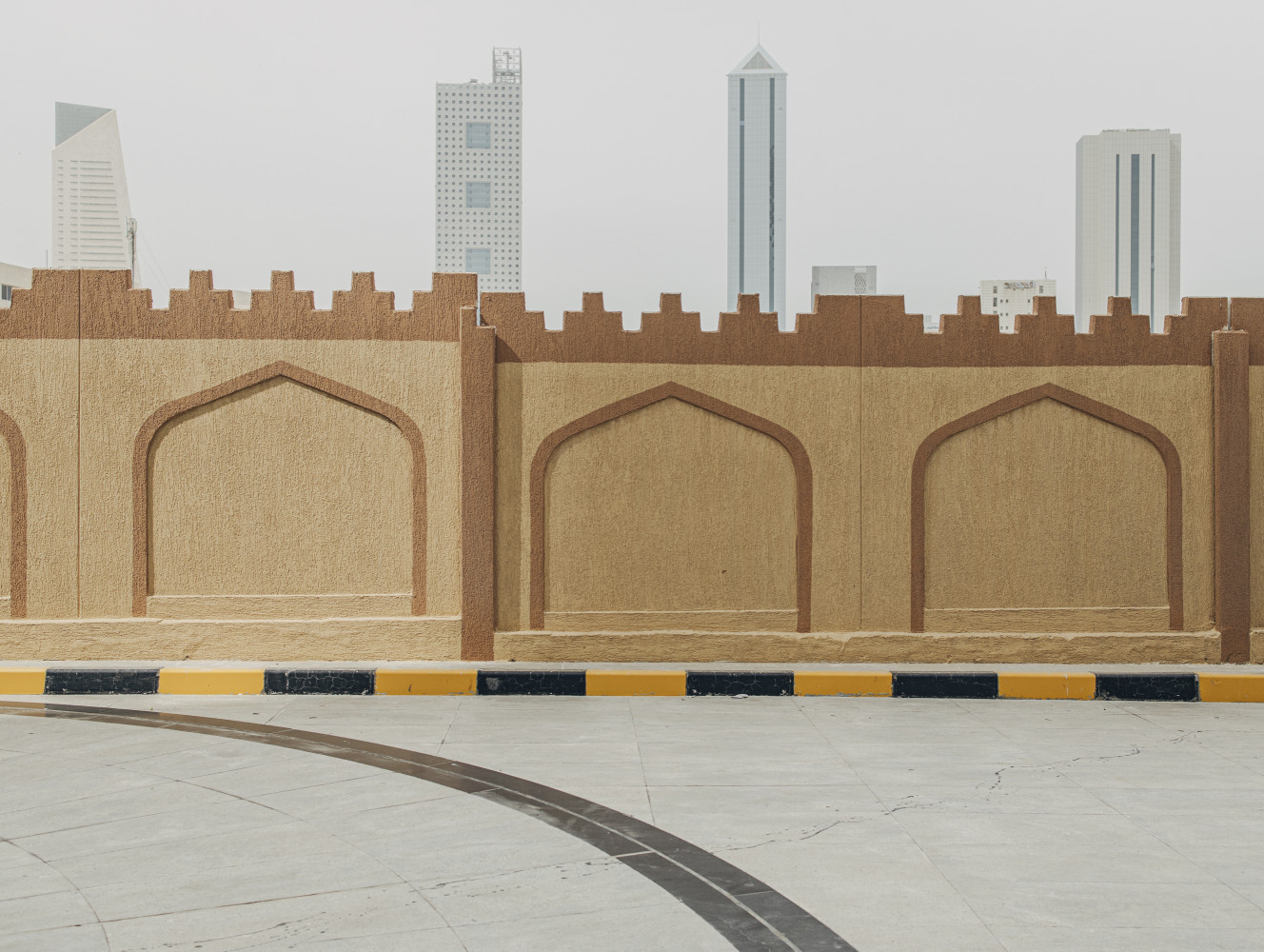
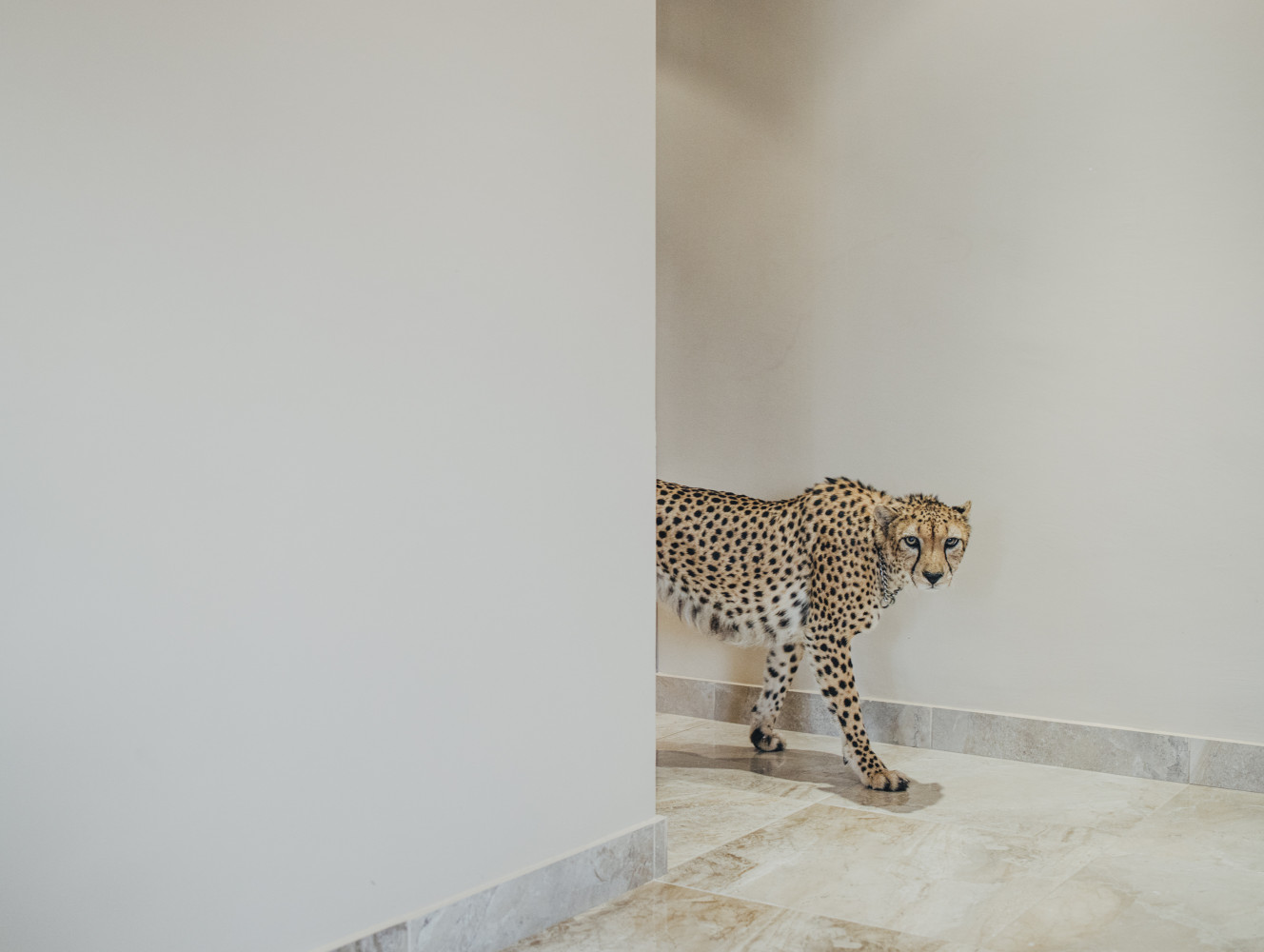
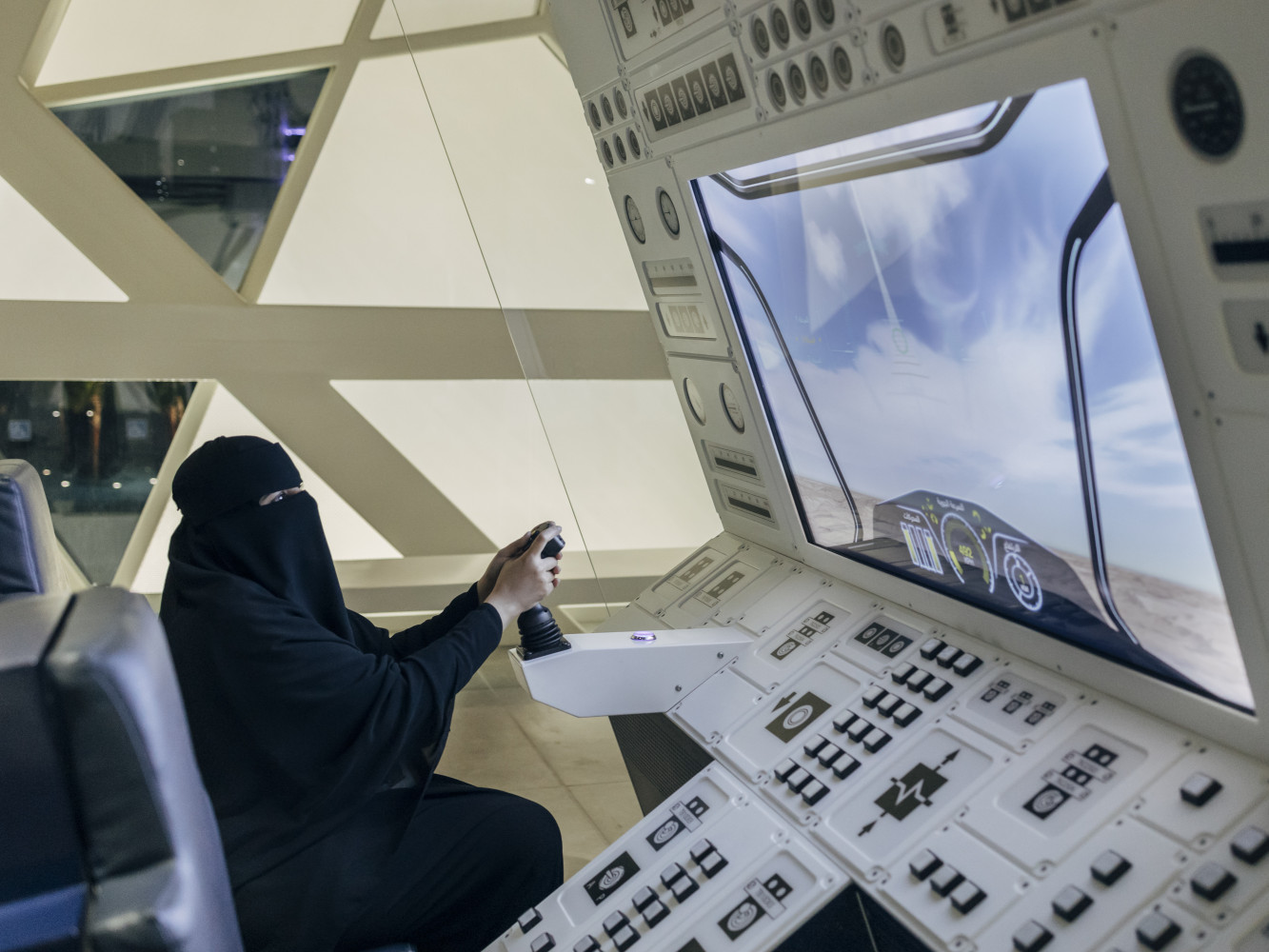
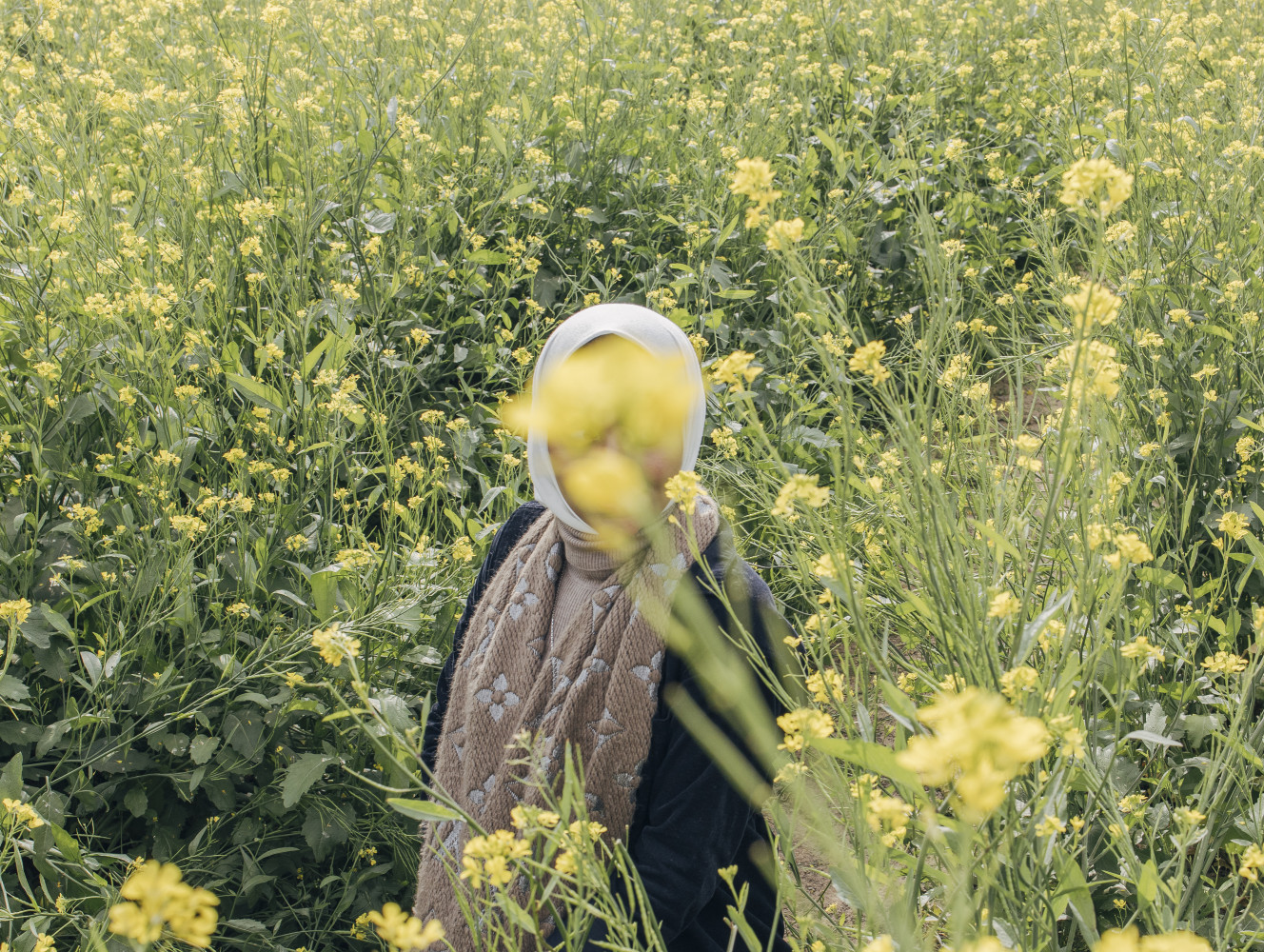
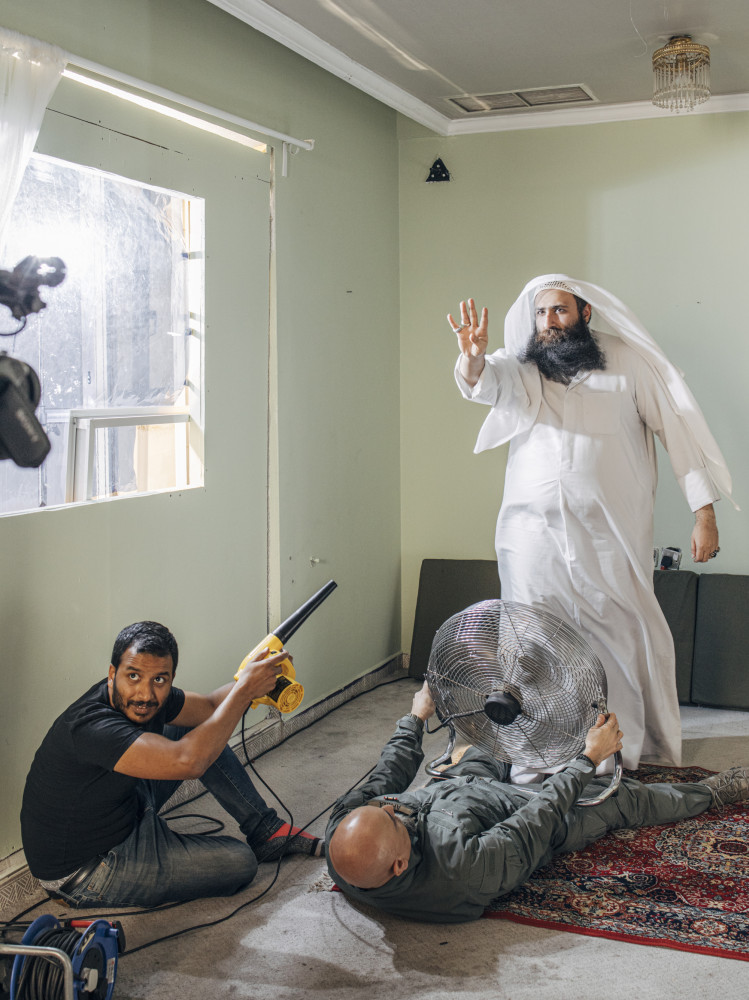
This visual exploration is a journey to another planet. TiàWùK is a planet located in a quite close galaxy to us. It is small compared to the earth, and the environmental conditions are extreme but suitable enough for the adaptation of human life.
After years of astronomical observations, for the first time humanity has found another planet with human life. This planet is inhabited by four million people, and only 2 percent of the land is cultivable. The official citizens are just one million, and the other inhabitants are expats who are working there from other planets. According to our information, the planet has been recently colonized, and, after many years, a secret source of energy has been discovered: in a short time it has become one of the richest in the whole universe. Part of the population, which has recently discovered economical wealth, is suffering a psychological disorder, the symptoms of which are a materialist and dystopian view of their surrounding world. According to the theories of some of the most important terrestrial psychologists, we know that the exterior world we create and live in is a reflection of our inner world, and that the lack of inner awareness and attachment are the sources of suffering. Because of many causes, TiàWùK shows us that capitalism and materialism can distort our vision of life and the reality surrounding us. We thought we were the only ones to have these problems, but TiàWùK’s discovery and exploration have revealed the universality of the issue. We are not alone.
Gabriele Cecconi is an Italian documentary photographer interested in cultural, political, and environmental issues. He began photography after a law degree and in 2015 he was selected by Camera Torino and Leica for a masterclass with Magnum photographer Alex Webb. After that, he worked in reportage until 2018, when he started working on long-term projects. His project on the environmental impact of Rohingya migration in southern Bangladesh has received numerous international awards, including the Yves Rocher Photography Award at Visa pour l’Image, POY, Andrei Stenin Grand Prix, PX3 Photographer of the Year, and the LUMIX Sustainability Award (among others). His work has been exhibited internationally in museums, festivals, and galleries including the Hermitage State Museum, the United Nations Headquarters, Photo Vogue Festival, and the Festival della Fotografia Etica, and it has been published by Italian and international newspapers and magazines including National Geographic, The Guardian, GUP, Internazionale, L’Espresso, Newsweek, and Courrier International. At the same time he carries out research on the relationship between culture, power, and representation and on the spiritual and pedagogical aspects of the visual arts.






